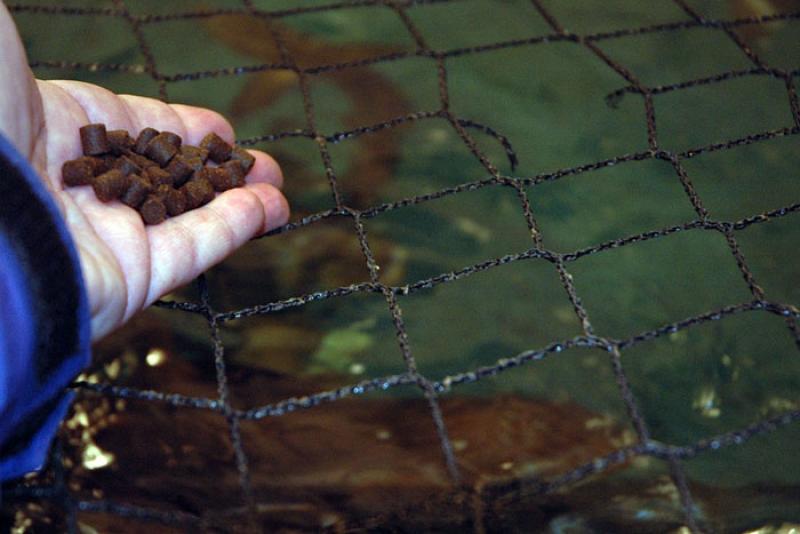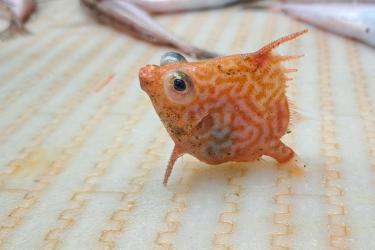How are we going to feed all the people that are expected on this planet over the next few decades? The human population is projected to grow by a third between now and 2050. But more importantly, billions of people are moving out of poverty and into the global middle class. When they get there, they'll be ordering the good stuff, and that means more meat and more fish. So even though the population is going up by about 30%, world demand for animal protein is expected to go up by 75% by 2050. Satisfying that demand without wrecking the planet is one of the most important challenges facing humanity today.
One thing that's sure to be part of the solution: aquaculture. That refers to growing fish, shellfish, seaweed, or anything else in water, and it’s the fastest growing form of food production in the world.
When it comes to fish farming, aquaculture diets currently use fishmeal and fish oils that come from wild capture fisheries. But the supply of those ingredients is limited and has not changed in twenty years. So if aquaculture production is going to continue to grow, we have to come up with alternative feeds that rely less on wild capture fisheries.
To solve this problem, researchers from NOAA Fisheries and the U.S. Department of Agriculture have teamed up to create what they call the NOAA-USDA Alternative Feeds Initiative.
With direction from this initiative, scientists are developing plant-based feeds with the right balance of proteins to replace fishmeal in aquaculture feeds.
But proteins are the easy part. A more difficult challenge is to find an alternative source for the fish oil used in feeds, and the initiative is looking into that as well. Fish oils provide fish with the omega-3 fatty acids that are so good for you. If we want our farm-raised fish to be high in those omega-3’s, we have to include sufficient omega-3’s in their diet.
Learn More
NOAA-USDA Alternative Feeds Initiative
Download Report: The Future of Aquafeeds
One important source for both fishmeal and oils is fish trimmings—the head, skin, guts, and whatever else is left over once you cut out the filets. Large fish processing plants already render their trimmings into fishmeal and oils. But at small and medium-sized operations there’s currently no economical way to do that, and the trimmings get landfilled or dumped back into the ocean. The amount of waste is tremendous. If all the fish trimmings that are currently discarded in Alaska were captured instead, it would be the second largest fishery in the state.
Scientists with the Alternative Feeds Initiative are working on new techniques and machines that will make processing fish waste into valuable, marketable products economically feasible at all scales.
"It's got to make business sense," said Mike Rust, a fish nutritionist with NOAA Fisheries. Once it does, market forces will do the rest.


